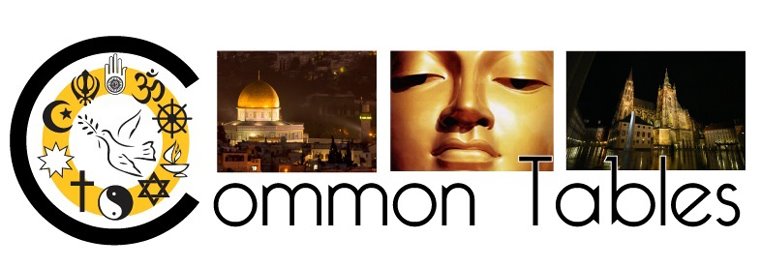August 26, 2008
Three faiths, three friends
Seattle's interfaith amigos
by Amy Frykholm, The Christian Century
The third annual interfaith Passover Seder meal at University Congregational Church in Seattle was a "bring your own wine" event. Tables for 300 guests were impeccably set with goblets and fresh flowers; two kinds of charoset (a pasty blend of fruit and nuts prepared according to both the Ashkenazi and Sephardic styles); two kinds of horseradish (raw and sauced); and baskets of matzo. The tables buzzed with lively conversation.
Rabbi Ted Falcon stood at the front with a guitar player and two singers. He is a trim, white-bearded man who is constantly making jokes, but he also has an air of underlying seriousness, intensity, even melancholy.
"OK," he said. "We'll begin on page 22 of your handout." After two days of watching Falcon lead services, I had learned that he never begins on page one. He is likely to start on page 22, continue on page 11 and move on to page two.
"The Haggadah takes us on a spiritual journey," he says. "We learn to be freed from our inner pharaohs, travel in our wilderness and form our own dreams of the Promised Land."
The participants at this event—which sold out three weeks before—were Jews, Christians and Muslims. Many came from Bet Alef, Falcon's "meditative synagogue" that meets in one of Seattle's suburbs. Some belonged to University Congregational Church, which was led by Pastor Don Mackenzie until his retirement in June. Others belonged to an experimental congregation led by Sufi Muslim teacher Jamal Rahman and known as the Interfaith Community Church. (Rahman calls it a church, he says, for "lack of a better term"; it's for people who meet on Sundays to explore their "spiritual paths" together, he explains.)
Falcon not only invited members of these three congregations to the Seder but asked Mackenzie and Rahman to speak. And Falcon didn't want generic spirituality talk from them; he wanted Mackenzie to mention Jesus or Paul and Rahman to refer to Muhammad and the Qur'an.
This kind of interfaith gathering is an increasingly common phenomenon across the U.S. Interaction between people of different faiths is hardly new, but a qualitative shift occurred after September 11, 2001, says Kathryn Lohre, assistant director of Harvard University's Pluralism Project. "There was a strong interfaith resurgence, driven by the desire of many people, perhaps Christians especially, to get to know their religious neighbors."
Read the Entire Article
New Home, Same Blog. Or Not? It’s Up to You
16 years ago


No comments:
Post a Comment